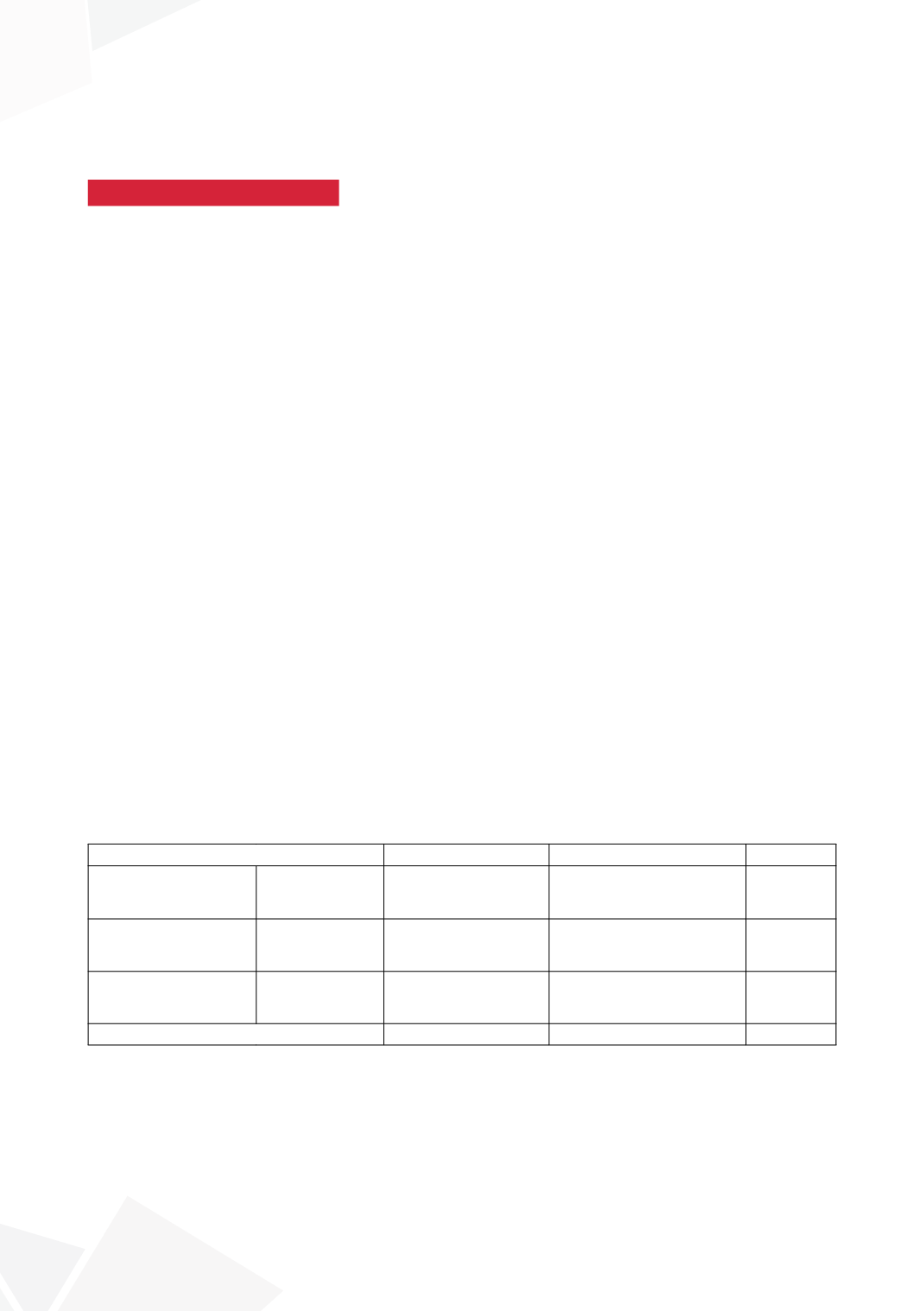

59
19–22 APRIL, 2017, BARCELONA, SPAIN
09:23–09:32
Discussion
S5-7 (P without presentation)
DID OUR CURRENT INITIAL TREATMENT PRACTICE
CHANGE AFTER EAU/ESPU VESICOURETERAL REFLUX
RISK GROUPING?
Eda TOKAT
1
, Serhat GUROCAK
1
, Iyimser URE
2
, Cenk ACAR
3
, Zafer SINIK
4
and Ozgur TAN
1
1) Gazi University School of Medicine, Department of Urology, Section of Paediatric Urology, Ankara, TURKEY -
2) Eskisehir Osmangazi University School Of Medicine, Department of Urology, EskISehIr, TURKEY - 3) ERYAMAN
HOSPITAL, Department of Urology, Ankara, TURKEY - 4) ODAK HOSPITAL, Department of Urology, Denizli, TURKEY
PURPOSE
To investigate how our initial treatment procedures were affected by EAU/ESPU guideline reflux risk
grouping in our patients with VUR.
MATERIAL AND METHODS
296 out of 346 renal units with regular clinical follow-up data who were treated due to VUR between
2009-2016 were retrospectively reviewed by dividing our patients into two groups as before and
after 2013. Preoperative clinical parameters as grade and laterality of reflux, presence of renal
scar, initial and follow-up treatments, findings of medical treatment and surgical procedures were
analysed. The initial medical and surgical methods were compared by categorizing patients accord-
ing to risk groups before and after 2013.
RESULTS
Mean age and follow-up length were 75(6-132) months and 27,2(6-78) months, respectively. VUR
gradings of the preoperative voiding cystourethrography were determined as grade 1 in 13(4,4%)
,grade 2 in 43(14,5%), grade 3 in 141(47,6%),grade 4 in 73(24,7%) and grade 5 in 26(8,8%) pa-
tients. We have noticed significant decrease of surgical treatment rates in low risk group after 2013.
No significant alteration in medical and surgical treatment rates is observed after risk grouping
system in moderate risk group and healthful evaluation could not been concluded in high risk group
after 2013 due to very low number of patients (Table).
EAU/ESPU VUR grouping
Medical Treatment(%) Surgical Treatment(%)
p value
Low Risk
Before 2013
After 2013
13(28,3)
19(76)
33(71,7)
6(24)
<0,001
Moderate Risk
Before 2013
After 2013
52(36,1)
12(31,6)
92(63,9)
26(68,4)
0,603
High Risk
Before 2013
After 2013
17(40,5)
1(100)
25(59,5)
0
0,233
Total
114(39)
182(61)
CONCLUSIONS
VUR risk grouping system have changed our current practice. As this difference caused us to prefer
more conservative treatments in specially low risk group,our attitude in moderate and high risk
group had not changed.









